Play gets a lot of lip-service in America. You'll find most preschools and kindergartens say they are "play-based." That's because young children learn best through play. But I'm afraid they get it wrong.
One of the scourges of true play is what is known as "centers." The Block Center. The Housekeeping Center (toy kitchen/ house). The Art Center. Etc. Typical "play time" means the kids rotate between these various centers and the teacher times them by blowing a whistle or sounding another alarm to tell each group to move on.
This interrupts play. Interrupts ideas. Interrupts social interactions. Interrupts learning.
One of the most fundamental rights in childhood is the Right to Uninterrupted Play during Playtime. This means kids have the right to explore their own ideas and given ample time to do it.
Centers fragment time - Kids need big blocks of time to play. When they are limited to less than 30 minutes, play becomes less complex and sophisticated. In fact, 45 minutes is the minimum amount of time most preschoolers need to develop deep play. And that's just the beginning. Once play is developed, it needs to be sustained for some time. Researchers suggest blocks of 1-2 hours. Centers and constant alarm-clocks upset this. 15 minutes here. 15 minutes there. Shallow play.
Centers segregate props - Kids need props to play. Creative play usually entails dragging the blocks into the kitchen space to build a chimney or a spaceship. Yarn from the art table could be turned into a tiger trap in another area. Sure, at pick-up time, toys and materials can go back where they belong (where they can be found easily), but kids need to move objects from place to place. Books should be in the block area. Blocks should be wherever they are needed for the play idea.
Centers restrict interests - I'm sure the adult view is that kids "need to be exposed" to a variety of different activities. Adults assume it isn't good for a child to spend all their time on one type of play. But young kids tend to seek out the type of play that is most meaningful to them at the time. Sometimes children need to explore an intense interest. That's OK. If a 4-year-old wants to spend all morning at the water table, so be it. We need to trust a child's choice of play during playtime.
"Play is the highest expression of human development in childhood, for it alone is the free expression of what is in a child's soul." - Friedrich Froebel, founder of Kindergarten
Child's play, the true meaning of play, is spontaneous, child-initiated and child-directed. This doesn't happen in centers. Children have the right to uninterrupted play -- with ample time, no 10-minute alarms, and flexibility to develop creative ideas. Otherwise we are stunting children's real learning.
Have you ever questioned centers? Seen them in action? How can we best support children's true play?
Read more about Children's Rights, true play and the Right to Uninterrupted Play in It's OK Not to Share...And Other Renegade Rules, named one of the Best Parenting Books of 2012 by Parents magazine reviewer.

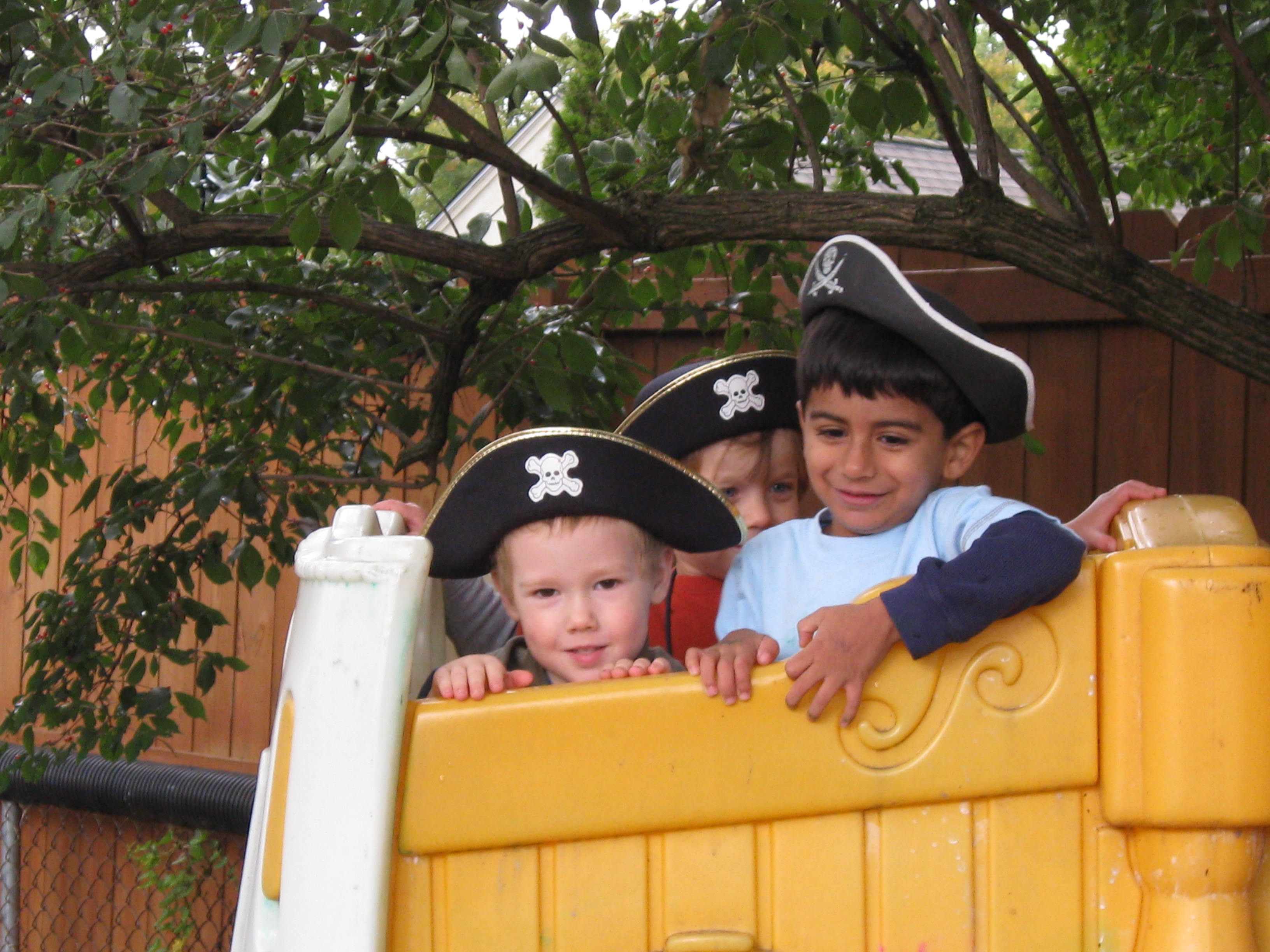
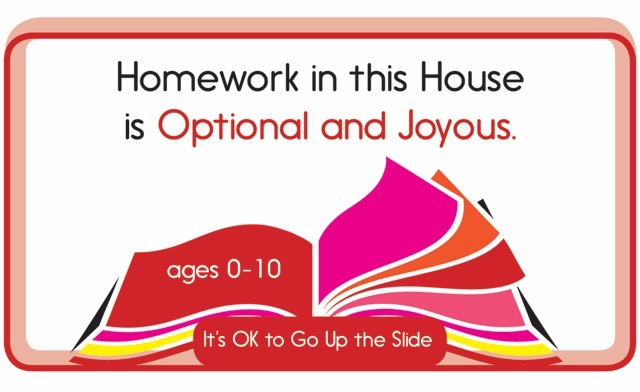
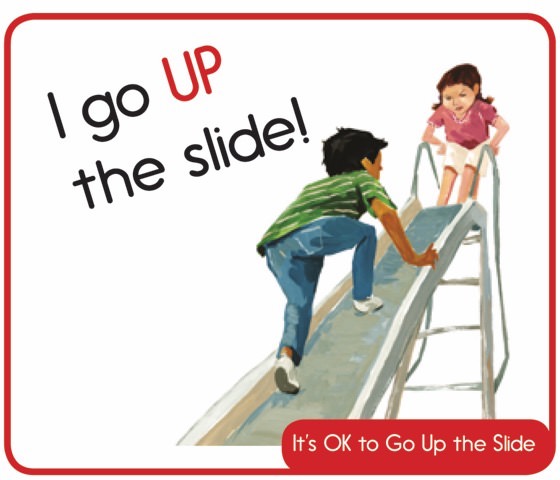
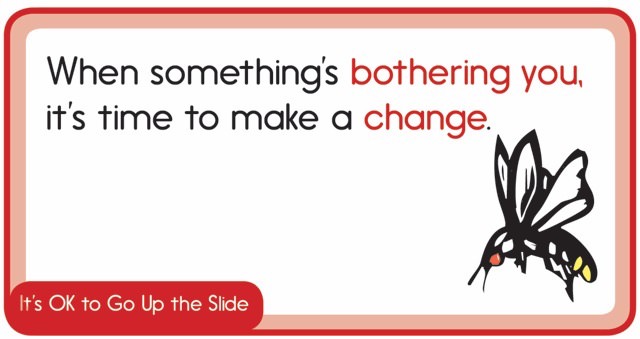
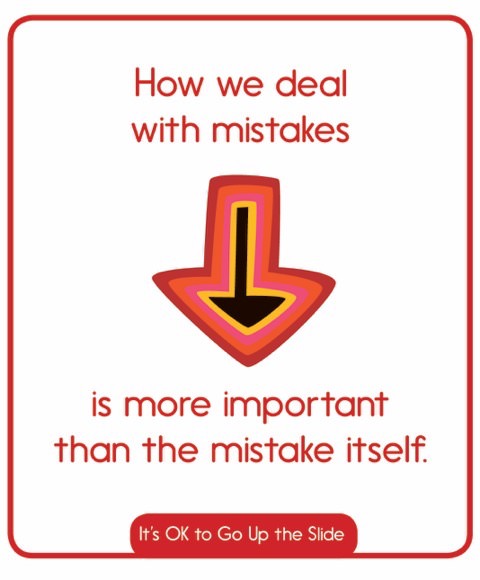
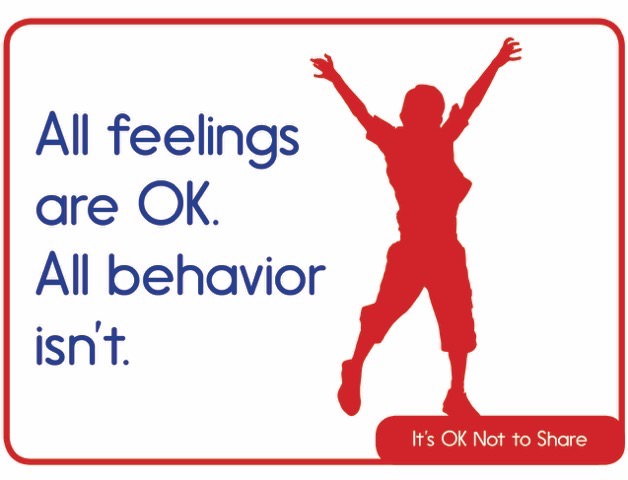
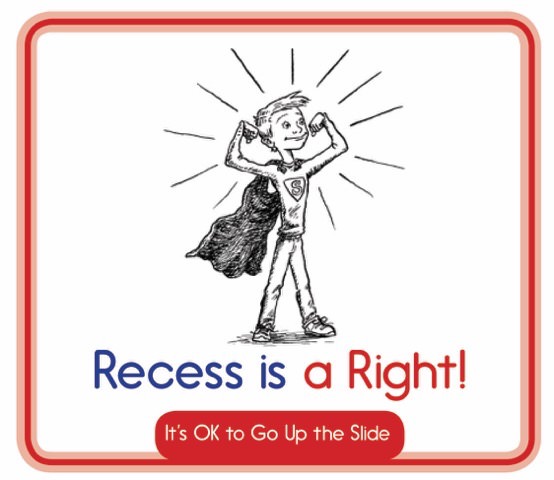
When I've done center observations, I've noticed this as the norm. Several parts of the Early Childhood Environment Rating Scales speak on specific play centers devoted to different play types - science center, art center, sensoriomotor center, etc. I find that most centers feel that once these "centers" are established, it becomes part of the class rules that object need to stay in their respective centers throughout the day. On my observations, the teachers are very proud and keen on showing me the various play items, and how well the center is organized and maintained. This isn't how children naturally play at home so I don't know how it got translated into childcare. I can remember growing up that Legos, Barbies, board game pieces, and other random toys all became part of the narrative or project I was working on. I also agree that it is hugely disruptive to not allow children the time they need to play. If playing is the work of children, we can compare 30 minutes to a center and then blowing a whistle to me working at my desk and my boss coming over to me every 30 minutes and telling me to put away my e-mail, it's Excel spreadsheet time. Children and adults need access to all the tools and resources available to accomplish their task or vision. Where I work and where many people work, problem-solving and an ability to come up with unique and effective processes is highly valued. I wouldn't be able to do this if I didn't draw from different areas of experience, software, and knowledge-banks. In that same way, children have to be allowed to build contraptions and tell stories to act out their understanding of the world with everything around them. In a truly play-based curriculum, emergent learning comes into play and teachers act as guides o inquiry and expansion on what the children are learning about through their play. Teachers should just be play-overseers.
Hear, hear! Hear, hear! Love what you shared, Alyxandria. You are spot on.
And, sadly, your comments reinforce that many, many childcare programs in the US are set up in the "center" scheme. Folks, if you haven't seen it, go observe a classroom.
Shouldn't* just be play-overseers.
wow, I'm from Australia where most pre-school run true play based programs, and this astounds me! We set up experiences and areas of interest, but children are free to combine areas as they choose, and move freely from one experience to the next when they see fit. Some children will work continually on one experiences for WEEKS on end (we just put a 'work in progress' card on unfinished work and leave it on a shelf for the next session) Most centres even run free flow indoor/outdoor and flexible snack times, so as transition times do not interrupt the children at work. Of course we have strategies for the children who only ever choose 1 type of experience, or 'flit' from 1 activity to the next. I had a feeling you guys in the USA had in wrong (i think i can say that as I used to live in Colorado and consider it my 2nd home!) I subscribe to many blogs from there and am also astounded at the amount of structured, non open ended experiences, which I believe are totally inappropriate for the age group. For anyone keen on finding out more about TRUE play based learning, check out Marc Armitage at play, irresistible ideas for play based learning, National Quality Standard Professional Learning Program, LET THE CHILDREN PLAY, early childhood Australia and early life foundations. You cant run a quality lay based program unless you truly believe children learn best through play AND understand the fine art of knowing when to sit back, and when to inject when an intentional teaching opportunity presents itself 🙂
So glad to hear things are better in Australia. Love to hear that kids can work on one experience for weeks with "work in progress." That shows true respect for children's play. The best preschool programs in the US do that, but they are very few...
American adults are obsessed with structuring young children's lives right now. Thank you for sharing the resources you did. Maybe we should have some Australian/ US exchanges!
ooohh, and have a look into 'the theory of loose parts" kids need lots of "bits"!
I wholeheartedly agree. At our in-home program it is normal to find one child wearing dress-up while playing in the water table using props from the kitchen. It can make clean-up take a little longer as you re-sort props back into their homes, but the creativity and complexity of their play is well worth it.
One way to partially solve the clean-up issue is to realize that nothing has to be in just one place. For example, in our program there are some cars near the blocks, some near the sensory table, some at the train table, some by the dollhouses, and some in a basket on a toy shelf. Dolls and their props are in the kitchen area AND near the dress-up area AND by the couch. Pencils/crayons and paper are... well, you get the idea. It makes props accessible to kids wherever they are and makes clean-up a little easier.
Aricha, Thanks for stopping by. Yes, wonderful ideas for allowing props to mix. They just need to be cleaned-up to the point where kids can find them again for their next game.
Thanks for bringing up a topic I'd never considered, Heather. I agree with you. My impression of your post is that we adults seem to be over-analyzing children to justify to ourselves the time, money, and effort we put into various institutions, venues, strategies, and policies in order to "more efficiently and effectively (and profitably?) raise children in order for them to become productive adults."
Play centers, Head Start, competitive pre-schools, academic rigor in kindergarten, along with the myriad mental disorders we diagnose our children with (ADD, ADHD, learning disabilities, etc.) are symptoms of the adult need to treat child rearing as a business. Minimize cost, maximize profit. We're using the wrong business model, to steal a phrase from business, because we don't get complete, fully realized adults that way. We just get worker bees.
I love Alyxandria's comparison of scheduled ply time to work, the boss blowing the whistle every thirty minutes so we shift from spread sheets to email or whatever. That's exactly what we're teaching children to do when we structure everything down to the minute.
Chris
There are occasional exceptions to this rule. I've seen the type of centers you describe with time-limits, no toy traveling, and forced rotations in many many childcare settings. My classroom, however, and those of the people I admire most in our area are the opposite. We have toys set up in centers for two reasons: 1) The agencies that regulate and fund our programs require it, and 2) It gives the kids an easy way to put things back where they go when it's time to clean up. As far as I'm concerned, they are allowed to take anything from anywhere to anywhere else, as long as they put it away when they are finished. Our center time is at least 45 minutes long and if they are so engaged at 45 minutes that they need more time, they get more time. The center rule I despise most is limiting the number of children in a center. That ALWAYS leaves one child (usually the last one given the choice of centers) wandering around the room because their preferred centers are "full." If children are pretending to drive a school bus, how fun is it when you can only play with one or two friends? That bus needs to be full!
I approve of the idea of centers as an organizational tool, but that's it. The toys belong to the kids and they should have access too them whenever they need them to deepen their play.
Kelly, you make a good point. If adults can leave centers as just that, as an organizational tool, then they are harmless. Amazing that agencies REQUIRE the center format.
Also, completely agree with you: "The center rule I despise most is limiting the number of children in a center." Yes, yes! The school bus needs to be full, as you say, plus who's to say what's a "crowd?" If numbers become a problem, that's a prime time for kids to gain skills in problem-solving in their play. Many thanks for offering your excellent comments.
You have certainly hit on a lot of my struggles with the place that I work, lack of free play, and what we do have, broken up into tiny chunks, and my director who wants nothing left on the floor and everything to stay in its proper center.
My other frustration is that I often feel like I'm expected to direct their play. I'm all for interacting with the kids and providing lots of different opportunities, but I also think the kids need to explore on their own. They don't need me sitting there the whole time saying "ok, can you build a tower? Let's count all the blocks... What kind of animal is this?" They need to explore and ask their own questions.
Ah, yes. You're right to feel uncomfortable about the directing questions. The best question I like to ask is "what do you need for your game?" Then direct them to supplies (cardboard box, shovel, whatever).
I have almost two year old twin girls and I am just starting to look for a play based preschool in my area. What is the best way to start such a search? When I find a center that looks promising what are the right questions to ask? Is there any sort of directory or network of good truly play based preschools?
Stephanie - an excellent question and so glad you're being pro-active. Good news is - there are MANY truly play based schools out there. No directory, though. I think your question deserves a solid answer, so I'll turn to it for this week's blog post. Thanks!
Wow Thanks!
During Center Time in our program (which accounts for the largest portion in our "schedule"), children "travel" to the centers and activities they choose. As children make choices about the center, activity, if they wish to play alone or with other children, and the amount of time to engage, they take control of their learning. The early childhood educator's job is to observe, facilitate, and observe some more to learn what's working, what needs to be modified or extended.
Wow. I was so shocked by the title of this article- I took my ECE in the 1980s and centers were THE thing. Yet I agree with you completely- at least the concept, not necessarily the title 🙂 That is, the centers I recall learning about were organized areas of a classroom that were made to be inviting and encourage play. It was fun to build with blocks when they and related accessories were all in a particular area in plain view- but if a fabric 'curtain' was needed from the dress up center no one objected. When my 3rd child went to K in 1995, the centers there were more as you described- with strict times to 'switch!'. I remember being so stressed when I volunteered, having to rush some children to 'finish' a task, and thinking, if I'm stressed, how must the kids feel? Guess my intuition was in the right place. The thing I find interesting is my reaction of 'but centers are GOOD!' is because of what they mean to me (as opposed to directed instruction), but as you describe them I sadly see that once again a good concept has been corrupted over time.
I run an in-home childcare. We have some loose rules- some toys are for outside only, others for inside (largely so my dogs don't end up chewing on the smaller indoor toys, lost in the grass), but some flexibility is allowed. We have nothing like a schedule- we read when one or more kids expresses interest, go outside when they seem to need or want to, head into the playroom before lunch- unless they are engrossed in activity outside, in which case we stay there. I may ask 'should we go inside and do some...' and if the general consensus is yes, we do. Because I usually work alone, if there is a minority opinion I have to insist on group togetherness- not in the activity but at least in the supervised area. But if M does not want to come inside and paint, I might suggest he can work his favorite puzzle instead, or bring the art outdoors, and the dissenter is usually happy.
Thanks for your thoughtful reply, Lori. Every good thing can be turned, can't it? Sounds as if you give the kids your care true play and flexibility - they are lucky to have you.
hey there Heather,
How are you doing? You are very talented. Kindly don't take this message as a debate, as being a teacher trainer I want to know more about it. I red this phrase some where,
“Don’t rush kids into academic learning until they’re six or seven. It’s a waste of their precious time.”
The reason was mentioned right after it, but as being a Montessori directress, I become double minded, like Maria Montessori mention so many different things with proves.
Like there are sensitive periods if we skip action perform on the right time, that result's some thing lacking in the child. Those sensitive periods start from birth.
I am so much confuse when we start teaching child ABC. I am sure you have got my point.
your point of view is also correct cause my kids get tired In no time, they become peevish, after they start going to school.and here in my country teachers are not polite, any ways Its really nice to know about a great writer and a personality, I will read your book for sure dear. I am sure this will be another journey after I came to know about Maria Montessori. Take a good care of your self and have best of luck.